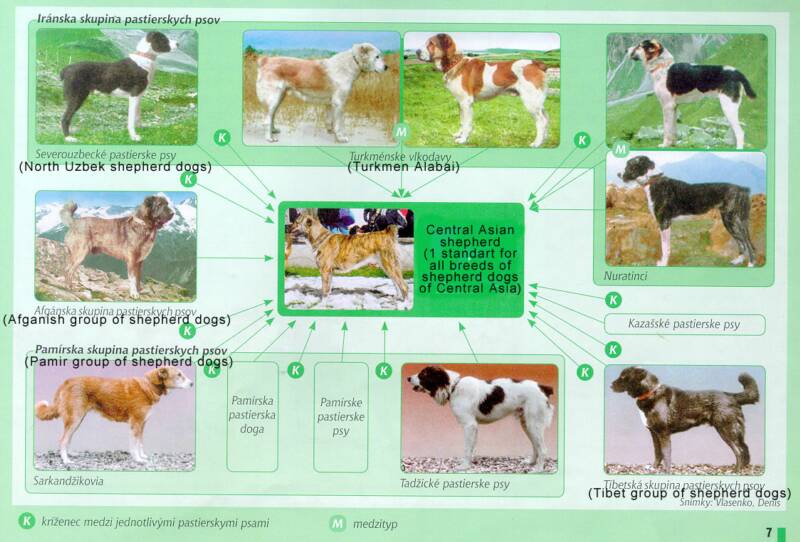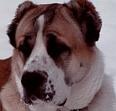As we see from the collating the texts of the quoted standards, they essentially differ, from one another,
not only by the form of memorandum and statement, but also in the manner of contents.
If the first one, inspite of the formulation brevity, is a rather figurative, the second one is a very dull verbose.
If the standard made by V.l. Vaisman renders well the general appearance of the CENTAL ASIAN SHEEPDOG,
on the other hand, in the standard from 1976 that is wondering away because of the circumstantial description of
an each single article , feature , shortcoming and defect.
The standard from 1976 indicates only one type of constitution for the CENTRAL ASIAN SHEEPDOG, &
" THE TYPE IS ROUGH" . It is perfectly clear, that obviously is a contradiction between that statement and the variety of Central Asian Sheepdogs types described by S.N. Bogoliubski, A.P. Mazover and I.P Pilschchikov.
That was announced by I.V Konon, after she was visited Turkmenia,. She supports the idea that the standard needs to be changed, first of all with the regard to type of constitution, which is desirable to be classified in principle as a solid, but there are also to be found between the Central Asian Sheepdogs representatives from different types. The method of approach, taken alone to fix the breed as a whole, only one type of constitution appears to be erroneous judgement. From Zoo technical point of view , for all the breeds the most desirable (according to M.F Ivanova, is the STRONG type constitution , where as the presence of some various types in the breed is necessary for its own existence same, because the excessive homogeneity only can trouble the breeds advance.
The survey of the male dogs, cited b A.P Mazover (1957) actually appertains to the rough type of sheepdogs.




